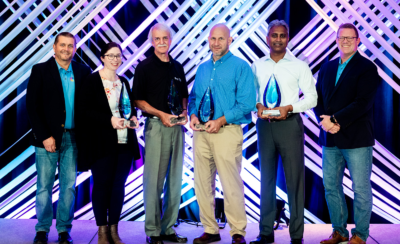2019 was my fourth year coordinating the Ed-Fi Summit. As is often the case with events, the Summit has become a proxy for the overall growth and health of Ed-Fi, and the users we serve. Look at Dreamforce as a shining example—every event planner’s professional pinnacle and worst nightmare! They draw in 170,000 attendees each year and completely take over San Francisco. This huge user conference is a testament to the loyalty Salesforce users have for the platform and organization. On a smaller scale, this is the experience we strive to create at our Summit each year.
In its first year, the Ed-Fi Summit consisted of a few people meeting in a conference room for one day. Now, six years later, we’ve seen 25-35% YOY growth. This growth rate outpaces event industry standards, and we’re not seeing any signs that it will slow down. This is great, but it’s also critically important to note that this means a lot of new faces. We need to serve first-time attendees just as well as we serve the regulars who have attended every year since our humble beginnings.
At this year’s event a few weeks ago, more than half of attendees were new to the Summit and new to Ed-Fi.
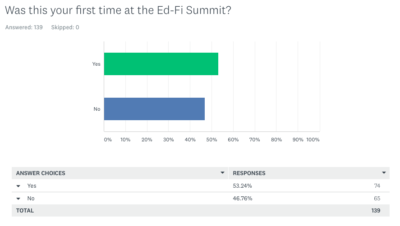
So while the general feeling at the Summit is one of a great, big, fun family reunion, we need to keep in mind that we are just now meeting some of our new family members! Because of this, and not surprisingly, some of the feedback that we received centered around creating more context for the sessions, connecting veterans with newcomers, and having a more guided event experience so that new attendees can maximize their time at the conference. I think these are all fantastic suggestions and ones that we will work to implement for Summit 2020.
Speaking of survey results, I am proud to report that we had a 29% response rate on this year’s post-event survey. Thank you all! The mix of respondents demonstrated that Summit is a place where many voices are represented. The mix of attendee job titles, with a large “Other” category, is a great example of this:
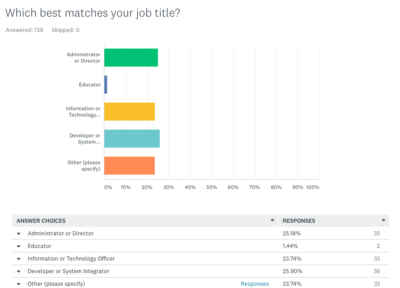
We also welcomed a small percentage (1.44%) of educators in attendance this year, which is an area where we’ll continue to grow.
In 2018, we had about a 50/50 mix between education agencies and technology providers. This year, 54% of attendees represented state and local education agencies, 36% representing technology providers, and 10% identified as “Other”—many of whom were from non-profits and foundations.
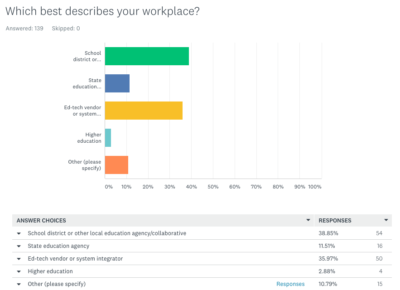
This is a fantastic mix. It means that we are facilitating discussions between state and local agencies, the technology provider community, higher education (a brand new group for us this year through the launch of our Teacher Prep Data Model,) and the nonprofit sector. We recognize that all of these voices need to be present and participating in order to move the needle for data-driven education.
A few more survey stats that you might find interesting from Summit 2019:
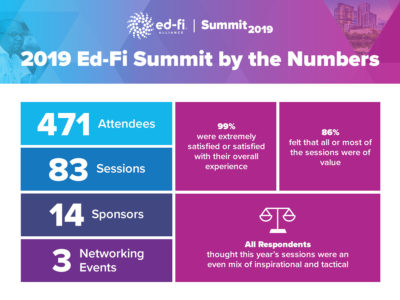
While I’m hoping that we don’t reach the size of Dreamforce just yet (!), I do know that we will continue to grow—to add voices and perspectives to our work. Our in-person meetings will continue to be a key asset in sharing the benefits of data interoperability and the value of Ed-Fi. As always, I love your feedback on our events. If you have specific ideas for the Summit or any of our events, please reach out to me at [email protected]. I’d love to hear from you!

